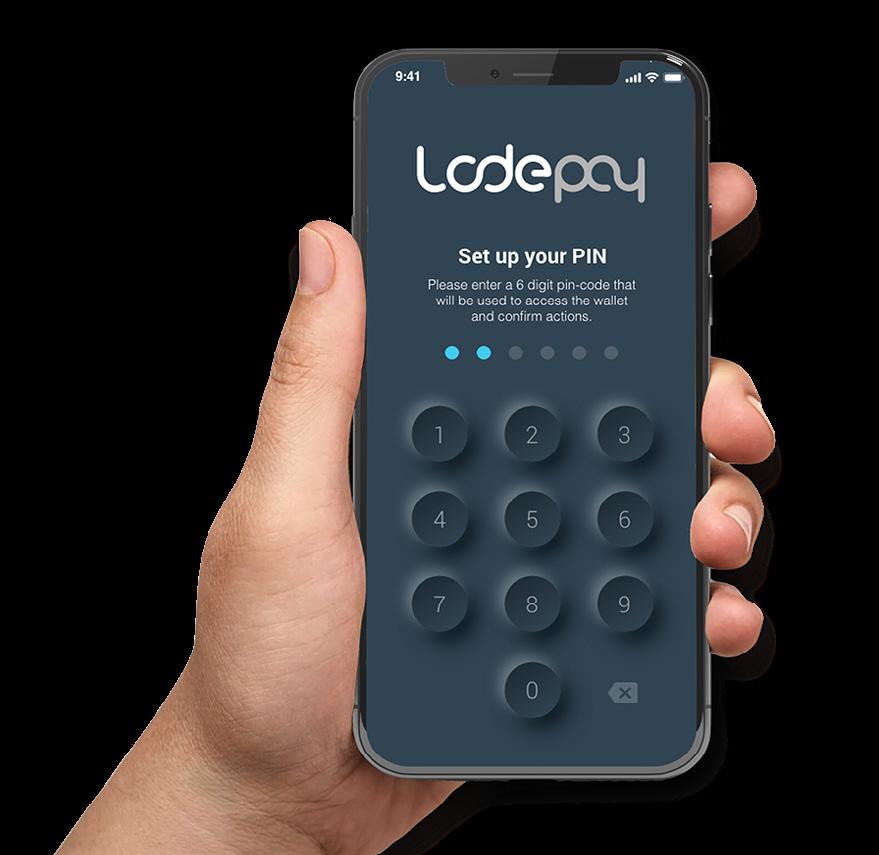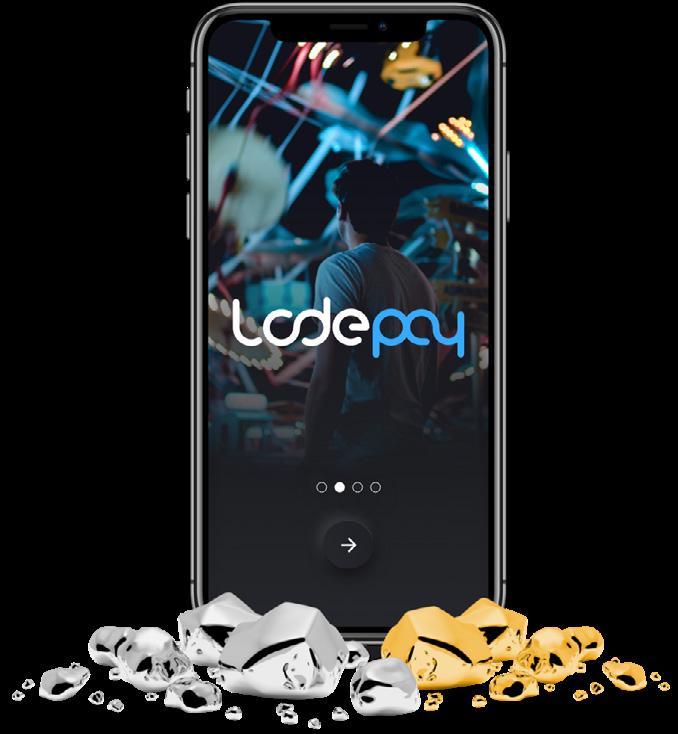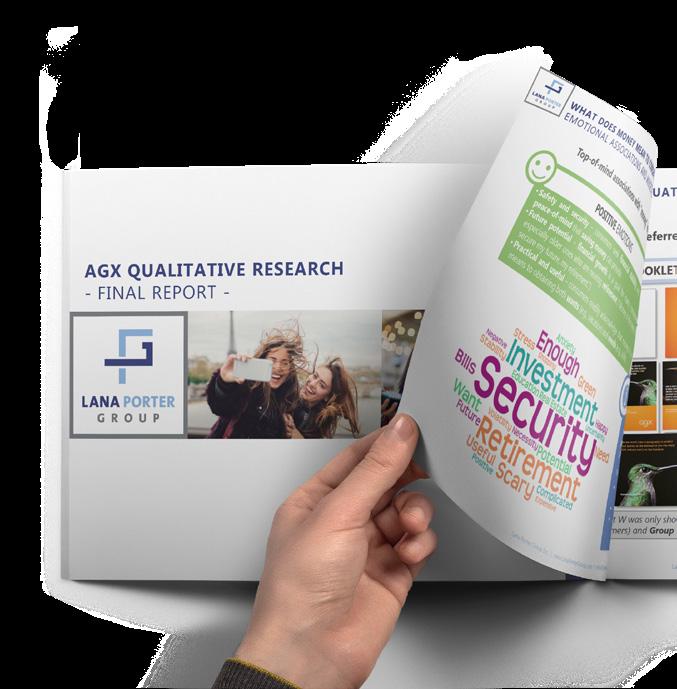
9 minute read
PAYMENTS & MONETIZATION
SYSTEM LEDGER & MINTING
When AGX and/or AUX Coins are on a public blockchain network, LODE offers no transfer restrictions and does not maintain KYC/ AML records for each transfer.
Advertisement
LODE does ensure that KYC/AML checks are completed for:
Each identity on Hyperledger Fabric; Each time AGX and/or AUX Coins are transferred to Hyperledger Fabric, and Each time AGX and/or AUX Coins are transferred from Hyperledger Fabric to another public network.
LODE WILL: 1. store LODE Token balances on the LODE Hyperledger Fabric; 2. issue revocable identities to LODE oken Holders; 3. associate Public/Private ECDSA key pairs (or other unique identifiers) with each identity; 4. record LODE Token balances for each identity on a LODE Hyperledger; 5. not retain the ability to edit LODE Token balances directly and can provide proof to regulators and auditors that LODE did not change balances post-issuance, and 6. retain the ability to freeze accounts, revoke identities, or otherwise update the business logic/rules associated with the LODE Token transfers on the LODE Hyperledger. INTERNAL GATEWAY The LODE Internal Gateway manages all of the connections to any provider, partner, merchant, or user and it allows monitoring of all of the LODE System transactions - fiat, digital, or otherwise.
SYSCOIN –PERMISSIONLESS NETWORK ACCESS Syscoin is the base Proof-of-Work (PoW) layer managing the AGX-S and AUX-S Coins.
There are three unique core competencies of Syscoin that are offered to the industry: 1. Merge mined with Bitcoin (hash rate is shared with Bitcoin as the parent, thus secure from 51% attacks, unlike most other chains.) 2. The token platform where businesses can create tokens and leverage Z-DAG for micro-transaction settlements within seconds, for a fraction of fees because of the new fee market Z-DAG presents. The option of using Z-DAG is fully compliant with Bitcoin security and thus does not open new security concerns. 3. Interoperability with other chains presents a solution to users of other chains to come to Syscoin to leverage speed/cost savings as well as PoW security of Bitcoin. It also presents a solution to users of Syscoin to move to other chains that have utility value without trust. This shows that first-time supply can be fractionalized across multiple blockchains.
With LODE’s interoperability strategy and design, Syscoin can implement new ways to interoperate across chains including using Zero-Knowledge Proofs (ZKPs) to avoid costly integrations that require interactivity between multiple actors. Recursive ZKP such as Halo will offer new scalable ways to enable multichain interoperability. Syscoin is engaged in further research to ultimately enable a mechanism to fractionalize supply across any number of secure chains.
Syscoin introduces a novel implementation of an asset infrastructure using master nodes to provide algorithmic validators for a PoW/PoS hybrid consensus model and instant pseudointeractive, zero-confirmation cryptocurrency transactions with double-spend protection through Z-DAG (Zero-Confirmation Directed Acyclic Graph) -- an instant settlement protocol functioning across all asset-related transactions.
The Z-DAG protocol is used as a complementary system to PoW in the confirmation of Syscoin service transactions. In essence, a Z-DAG is simply a directed acyclic graph (DAG) where validating nodes verify the sequential ordering of transactions received in their memory pools. Z-DAG is used by the validating nodes across the network to ensure there is absolute consensus on the ordering of transactions with no double-spends.
By doing zero-confirmation settlements with probabilistically detected double-spends, a unique fee market ensues.
This mechanism is fully compatible with Bitcoin to avoid game-theoretical attacks that may arrive in the form of DoS/spam attacks. Merchants simply have the choice to accept transactions as settled with Z-DAG or to wait for confirmation of blocks. The functionality of Z-DAG is completely opt-in and allows users to make a choice unlike other zero-confirmation strategies. AGX and AUX Coin assets will be available on Syscoin. Thanks to the innovations present in Syscoin, these coins will also have the capability to transition between Syscoin Assets and Ethereum ERC20 tokens, and vice versa. Syscoin also introduces full segwit support which paves the way for additional innovations such as lightning networks, atomic swaps, and more.
LODEPAY WALLET GAS STATION Many potential customers are unfamiliar with how blockchains work and aren’t familiar with the concept of gas. It essentially refers to the execution fee for every operation made on the blockchain. The Gas Station tab in the mobile wallet is designed to abstract that out of buying transactions, so as to make AGX and AUX Coins easier to use for crypto novices. A low volume one-directional exchange will allow people to convert AGX or AUX Coins into the platform token for the platform they are on, and cover the costs for these transactions. Each platform has different gas requirements, and the gas station tab is designed to handle that on the user’s behalf.
The LODE Gas Station is not a true exchange. As such, it is expected that users will purchase small amounts at a time. To users familiar with bank service charges offering 12 transactions for $5 or more, the low cost of the LODE Gas Station fees are a much less expensive offering for the convenience of using the App.
MINTING
MULTI-SIG MINTING The private system ledger makes use of multi-signature transactions to further secure blockchain state changes. Whereas typical blockchain transactions require one cryptographic signature to execute, as the name implies, multi-signature transactions require multiple signatures before the transaction will execute. Using this approach, mission-critical transactions such as minting and transferring from the treasury will only execute if all relevant team members or executives first sign off.
WALLET TECHNOLOGY

A hot wallet refers to an asset wallet that is online and connected in some way to the Internet. It is a term that refers to assets that are not being kept in cold storage. Asset-related services and exchanges that are able to pay out withdrawals instantly can be said to be paying them from a “hot wallet”.



MW
MW
LODEPAY MOBILE WALLET The LODEPAY Mobile Wallet is a hot wallet designed for commerce and convenience -- lightweight and transacts at the speed of modern money. The LODEPAY Wallet is a non-custodial, multi-asset, multinetworked wallet unlike any other, enabling the movement of AGX and AUX Coins from one blockchain to another, calling upon BATON™ to do the heavy lifting. It also enables peer-to-peer transfers and functions as a simple POS.

LODEPAY Wallet is a native application for dominant mobile platforms (iOS & Android), providing members with a means of utilizing their AGX and AUX Coins for commerce and financial transactions. The LODEPAY Wallet relies on fast, trustless, off-chain transactions, which will be secured with on-chain settlements through the Syscoin Z-DAG protocol.
LODEPAY WEB WALLET LODEPAY Web Wallet mirrors the functionality of the mobile wallet and is accessible through any web browser on a desktop or mobile device with no download or installation required. The LODEPAY Web Wallet offers users the same bank-grade security as the LODEPAY Mobile Wallet. COLD STORAGE WALLETS For the highest level of security AGX and AUX Coins deployed on public ledgers can be secured using cold storage through a variety of hardware wallets and paper wallet options. Users can secure their assets using Ledger or Trezor hardware wallets via the Electrum platform. Users can also store tokens entirely nonelectronically using a paper wallet.
PAYMENT PLATFORMS LODE is implementing Payment Gateways in order to connect to Payment Processors in multiple jurisdictions that will allow LODE to offer its wallet services as a local or regional entity for each of its markets. As well, it will allow for the connection to local merchants networks, ISOs, and resellers that offer LODE products to these merchants. This will also allow for the issuing of virtual and physical cards to LODE Members, as well as, offering virtual IBAN accounts.
PAYMENTS & MONETIZATION
Monetization and payment inflows occur from three (3) revenue engines and nine (9) sales channels. This provides the go-tomarket strategy for the ecosystem.
BULLION ENGINE The LODE Tokens are the virtual equity of the group. LODE Tokens are purchased with fiat capital, or physical private silver or gold assets. The inflows are utilized to construct a silver and gold monetary mass which is utilized for the tokenization and minting of the systems products - AGX and AUX Coins.
As the LODE silver or gold reserves grow, new silver and/or gold inflows allow for the minting of new AGX or AUX Coins, to be sold to members for use in daily trade and commerce.
The intention is to limit the number of LODE Tokens to a maximum of 77 Million.
SYSTEM LEDGER & MINTING The LODE System Ledger operates on Hyperledger Fabric. LODE Tokens and AGX/ AUX Coins are minted from the vaulted silver and gold monetary mass via a multi-signature minting protocol.
TRANSACTION FEES There is a markup on the sale price of retail coins vs the underlying silver, as well as, transaction fees when users send their tokens P2P.
Tiered Transaction Fee: a progressively smaller percentage is taken from transactions until it caps out. Demurrage: a small, time-based fee paid daily or hourly, based on the number of coins held, and is not affected by transactions. This fee is not currently implemented and is held in reserve for public blockchains where transaction fees are not able to be implemented. For non-crypto systems, LODE requires a “fees per transaction” like any other payment system. PATINA™ (Token Staining) is a white label and collectable coin program that allows AGX and AUX Coins to be rebranded and used by third parties, or used as promotional coins. They are still backed by the same underlying metal, and the branded money will still be accepted by merchants just the same as unbranded coins. Corporations and non-profit organizations can pay a small fee to create branded coins that they can use for promotional purposes, or to be able to more easily track what happens to specific money after it’s been donated or spent. • There will be a small fee to apply a stain to coins, which will be made nonfungible, essentially turning them into the digital equivalent of a fifty-cent coin or five-cent coin. User’s wallets will automatically use the change from their regular AGX to make up the difference in transactions or can break a stained coin into the base currency for a small fee.
77M
These fee schedules will apply to networks that are capable of supporting this feature. Wallets and LODE Services, such as utilizing BATONTM, will also provide transaction fees.
PAYMENT PLATFORMS LODEPAY WALLET
THIRD-PARTY PAYMENT PLATFORMS Through integrations with other third-party payment platforms, LODE is able to access



users of wallet providers around the world. 77M The LODEPAY Wallet is used by members to make P2P or P2B transfers and to purchase goods and services from merchants. LODE will earn a small fee from all transactions that take place using the LODEPAY Wallet, and it will provide an easy way for new and existing customers to purchase AGX and AUX Coins. As the LODE silver or gold reserves grow, new silver and/or gold inflows allow for the minting of new AGX or AUX Coins.










